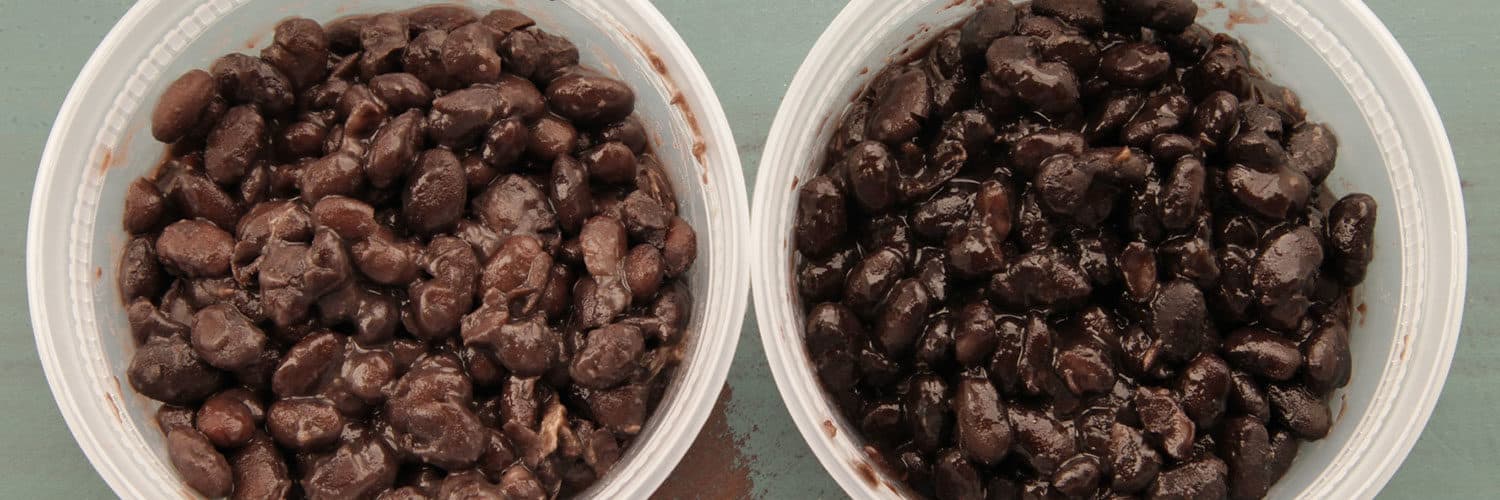People seem to have lots of misconceptions about why beans need to be soaked, or which beans need soaking. Cooks group beans according to their hardness, and contrary to what you may have heard not every bean needs to be soaked. The softer kinds of beans, like lentils, butterbeans and split peas can be safely pressure cooked without the need for soaking. Harder beans, like the pinto bean, do need to be soaked. The hardest bean, which is the soybean, is so hard that it needs a whopping 12 hours to soak and rehydrate.
The most important reason to soak your beans is that doing so reduces the cooking time. Shorter cooking times don’t just save you time, they also preserve the nutrients in your beans, allowing you the full benefits of all the vitamins, minerals and proteins in beans, getting you the most nutritional value from them. The California Dry Bean Advisory Board backs this idea up, saying there is no need to be concerned that soaking your beans will take away the enzymes, proteins or any other nutrients that they have. Soaking your beans also allows them to gradually absorb all of the liquid they will need to cook completely and evenly. This will prevent the beans from splitting open, losing their skins, or only cooking on their outer surface, while the inside remains hardened.
Most importantly, soaking your beans before cooking them cuts down their cooking time by up to 70%. This means that most soaked beans will be done in a pressure cooker in as little time as eight to fifteen minutes. That will save your wallet some cash, because you are using less fuel or energy to cook with. That, in turn, also means that you are helping save the environment by consuming less energy with the beans’ shorter cooking time. If you decide to skip soaking your beans first, a huge part of your cooking time and the energy expenses you’ll pay later are wasted because the beans will need to rehydrate to a point where they can actually can start to soften and cook, often extending the required cooking time to an extra forty minutes to an hour in some cases.
Here’s the best way to soak your beans:
First, spread them out atop a baking tray or cookie sheet. Pick through the beans and remove any broken, blemished or shrunken beans. Remove any loose skin along with other debris like small sticks or gravel.
Next, place your sorted beans into a non-reactive bowl. Make sure to pour in enough cold water to cover all of the beans with about three to four inches of water above them. Cover up the bowl of beans loosely with a towel or other dry cloth, leaving the beans to soak at room temperature for a minimum of four hours. If you need to soak them longer, during humid or warm weather for example, you should refrigerate the beans in order to prevent the beans from fermenting or sprouting. Beans will usually absorb the maximum amount of water they need in about four hours, but some types pf beans will need more time to rehydrate. If it will be more convenient to you to soak your beans overnight, go right ahead. Doing so will not degrade your beans in any way.



